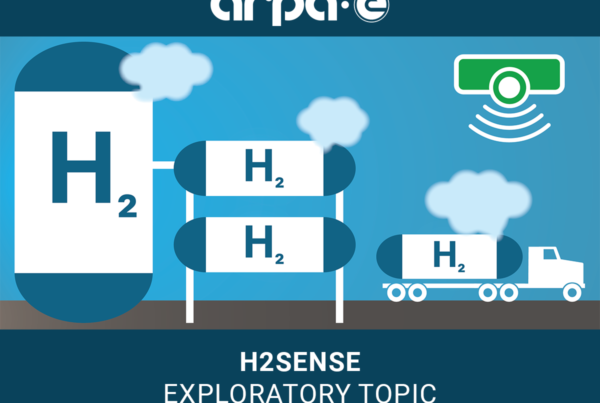
- The CavendisH2 study, conducted by Sedigas in collaboration with Bip Consulting, assesses the feasibility of using existing gas infrastructure for the transport of various types of renewable gases.
- Detailed analysis of the technical adaptability and operational availability of the current networks for increasing percentages of ‘blending’ – mixing conventional natural gas with renewable hydrogen – confirms the capacity and competitiveness of Spanish gas system infrastructures to contribute to the decarbonization of our productive model.
- The estimated cost of adapting the infrastructure to operate with renewable hydrogen ranges from 92 million euros for a 5% blend to 703 million euros for a maximum of 20%. November 8, 2023
The existing gas infrastructure is ready to operate with up to 20% hydrogen with some modifications. This is the main conclusion of the CavendisH2 project, a study promoted by the Spanish Gas Association, Sedigas, in collaboration with Bip Consulting to analyze the viability of using the current gas network to supply various types of renewable gases.
This capability is due to the high compatibility of the network’s operation with hydrogen thanks to its modernity, as well as the high standards of quality applied in its construction, operation, and maintenance. In the long term, and in a scenario with a higher percentage of ‘blending’ – the process of mixing different gases – the study indicates that further actions would be necessary to ensure the full compatibility of materials and to reinforce the capacity of certain operational elements.
Considering a scenario in which the assets of all the gasified municipalities in our country were adapted and the same energy demand as today were channeled, the required investment to adapt the infrastructure for increasing scenarios of renewable hydrogen use, from 5% to 20% in volume, would amount to between 92 million euros and 703 million euros, respectively. Assuming the highest of these, this would represent 2% of the annual regulated costs of the gas system over an estimated amortization period of 20 years of useful life.
CavendisH2 also sets out a series of additional measures in the regulatory, administrative, and technological promotion and infrastructure sectors that would place Spain in a more favorable position for the development of renewable gases. In this line, it recommends the development of an ambitious regulatory framework and binding targets aligned with the potential for renewable gas production in Spain, as well as simplifying and expediting administrative processes for the deployment of hydrogen projects, without overlooking the adoption of measures that favor technological development and facilitate investment in necessary infrastructures.
The Role of Renewable Gases in Energy Transition Must Be Strengthened Sedigas advocates ensuring that renewable gases take on a more significant role in the energy transition, based on the availability of infrastructure and the reasonableness of the associated required investments. While this sense of opportunity already resonates in Europe with the REPowerEU Plan, transferring it to Spain would require establishing more ambitious goals, especially for biomethane in the National Integrated Energy and Climate Plan (PNIEC) and the Long-Term Decarbonization Strategy (ELP).
The objectives defined in the different national-level published policies establish a roadmap from 2020 to 2050 that involves a 350% increase in the use of renewable energies – including renewable gases – in final consumption and a 94% reduction in the use of fossil fuels in final consumption. Decarbonization goals that imply significant changes for energy generation as well as infrastructures to channel it to all consumption segments. As highlighted by the CavendisH2 study, the technologies to decarbonize are already on the table for most segments, although their future relevance and adoption speed are the main uncertainties.
The long-term competitiveness of our productive model is at stake. This motivates that technological neutrality should not be disregarded as a central principle upon which the planning of our future energy model should pivot.
“Spain has two major assets for incorporating renewable hydrogen into the energy model of our country: a high production capacity given the natural conditions of renewable resources and a modern and high-quality gas network,” explains the president of Sedigas, Joan Batalla. “We are talking about an advanced gas infrastructure that boasts 7 regasification plants, 6 international connections, more than 14,000 km of transportation network, 80,000 km of distribution network, and about 8 million supply points, and that should be a key element to enable and favor the deployment of renewable gases to accelerate decarbonization.”
About Sedigas
Sedigas is the association that represents the Spanish gas sector companies since 1970, developing activities in the fields of production, transport, distribution, and commercialization of natural gas and renewable gases. Its mission is to promote the use of these as fundamental components of a sustainable energy matrix while ensuring the competitiveness and energy supply security.
Read the most up to date Fuel Cell and Hydrogen Industry news at FuelCellsWorks




